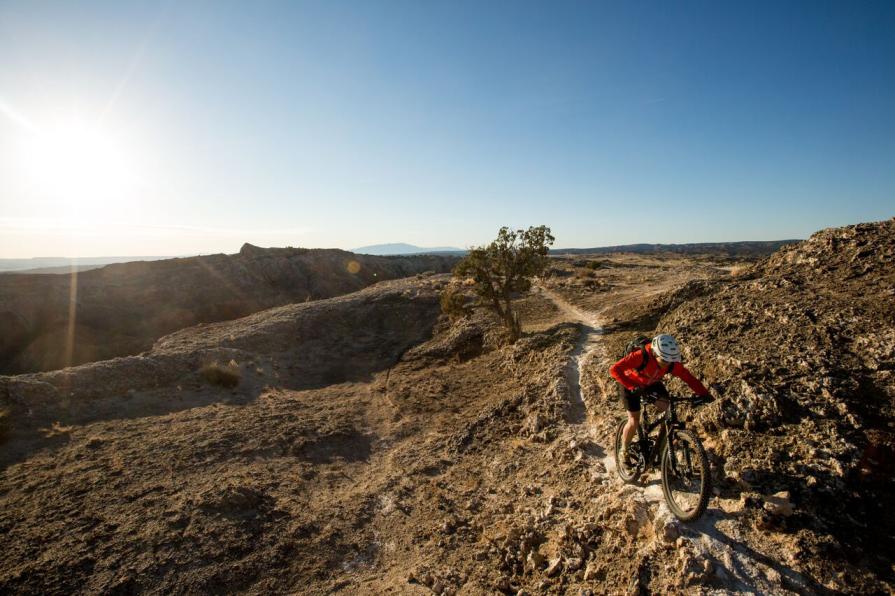
New Mexico Travel and Transportation
Travel and transportation are an integral part of virtually every activity that occurs on public lands. The BLM conducts comprehensive travel and transportation planning to determine why and how to manage roads, trail systems and associated areas on public land to best meet transportation needs. All forms of transportation including foot, horseback and other pack-animal use, mechanized vehicles such as bikes, and motorized vehicle use, are addressed through creation of comprehensive travel and transportation management plans.
Public lands may be open, limited or closed to motorized vehicles to best protect the land's important resources.
Open: All vehicle use is unrestricted at all times, anywhere in the area.
Limited: Vehicle use is restricted in certain areas, at certain times, or to certain types of vehicles.
Closed: All vehicle use is prohibited.
- Taos Field Office Travel Management
-
- RÍo Grande del Norte National Monument
- Taos Field Office
- Sombrillo Travel Management Plan
- La Cieneguilla (Map is currently being drafted.)
- La Puebla (Map is currently being drafted.)
- Additional Field Offices Coming Soon
-
